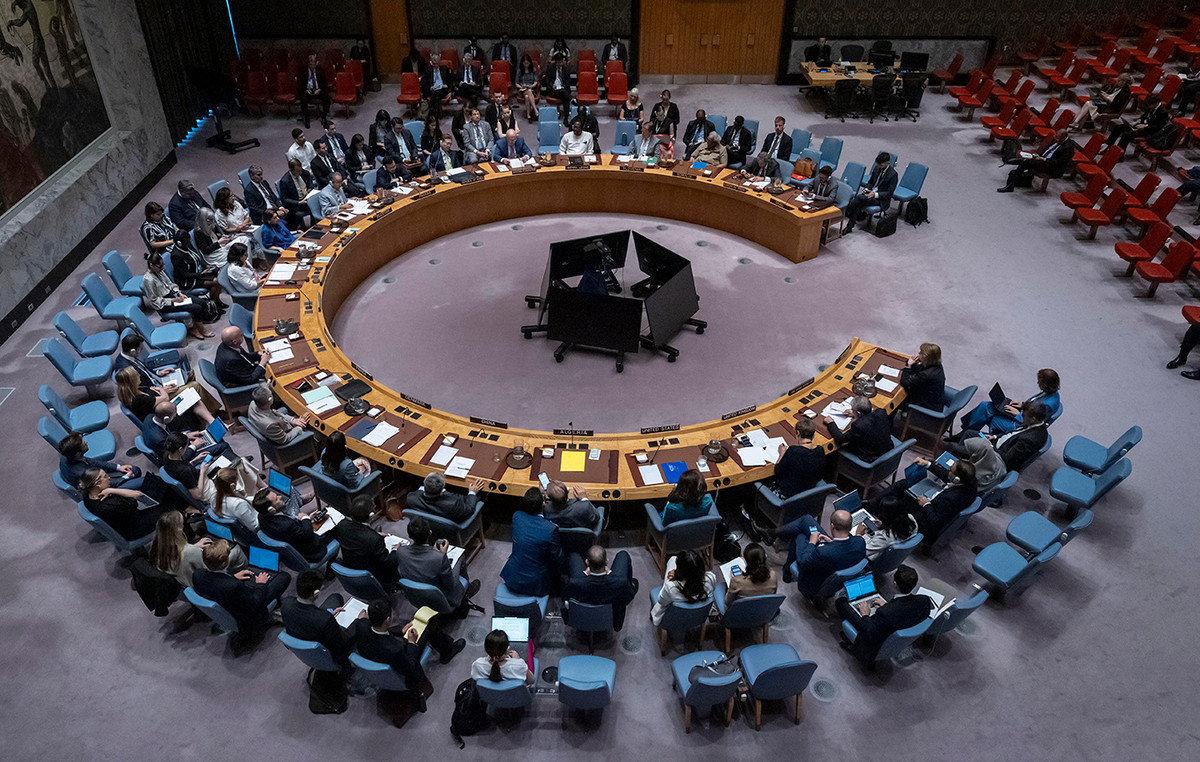- The GDP for the first quarter of the US shows a lower expansion, of 1.6% annually.
- On the positive side, weekly jobless claims are looking strong.
- Friday's March PCE data will dictate the pace of the DXY in the near term.
The US Dollar Index (DXY) was trading slightly lower at 105.75 on Thursday and was struggling to gain further ground following its prolonged rally in April. The DXY weakened following first quarter Gross Domestic Product (GDP) data, but losses could be limited following strong labor market data released during the European session.
The US economy remains resilient, but is expected to grow at a slower pace due to inflation and rising interest rates. The Federal Reserve (Fed) remains firm in its stance and seems not to want to rush to begin easing and the market hawkish adjustments provide support to the Dollar. Personal consumption expenditure (PCE) data for March will likely impact investor expectations.
Daily Market Moves Summary: DXY Down After GDP Data
- The initial estimate from the Bureau of Economic Analysis (BEA) revealed an annualized expansion of 1.6% of the US Gross Domestic Product (GDP) for January-March.
- The GDP figures were below market forecasts, which pointed to an annual increase of 2.5%.
- The US Department of Labor showed a decrease of 5,000 in initial jobless claims for the week ending April 20, resulting in a total of 207,000 initial jobless claims.
- The weekly decline in Initial Jobless Claims exceeded market forecasts, which projected 214,000 claims, a clear improvement over the previous week's total of 212,000.
- In terms of Fed expectations, markets are betting on a 20% chance of a rate cut in June. A possible Fed rate cut in July or even September is also not a given, pointing to strong confidence in the current US economic performance that justifies the delay of the easing cycle.
DXY Technical Analysis: DXY shifts into neutral gear, bears lurking despite bullish backdrop
The daily chart indicators show a mixed stance for the DXY. The flat RSI position in positive territory resonates with the stagnation of the buying impulse. On the other hand, the declining green Moving Average Convergence Divergence (MACD) bars reflect fading bullish sentiment, indicating possible weakness in the near future.
US Dollar FAQ
The United States Dollar (USD) is the official currency of the United States of America, and the “de facto” currency of a significant number of other countries where it is in circulation alongside local banknotes. It is the most traded currency in the world, with more than 88% of all global currency movement, or an average of $6.6 trillion in transactions per day, according to 2022 data. After World War II, the USD took the replacement of the pound sterling as the world reserve currency. For most of its history, the US dollar was backed by gold, until the Bretton Woods Agreement of 1971, when the Gold Standard disappeared.
The single most important factor influencing the value of the US Dollar is monetary policy, as defined by the Federal Reserve (Fed). The Fed has two mandates: achieve price stability (control inflation) and promote full employment. Your main tool to achieve these two objectives is to adjust interest rates. When prices rise too quickly and inflation exceeds the 2% target set by the Fed, the Fed raises rates, which favors the price of the dollar. When inflation falls below 2% or the unemployment rate is too high, the Fed can lower interest rates, which weighs on the dollar.
In extreme situations, the Federal Reserve can also print more Dollars and enact quantitative easing (QE). QE is the process by which the Fed substantially increases the flow of credit into a clogged financial system. This is an unconventional policy measure used when credit has dried up because banks do not lend to each other (for fear of counterparty default). It is a last resort when a simple lowering of interest rates is unlikely to achieve the necessary result. It was the weapon of choice for the Fed to combat the credit crunch that occurred during the Great Financial Crisis of 2008. It consists of the Fed printing more Dollars and using them to buy US government bonds, mainly from financial institutions. QE usually leads to a weakening of the US Dollar.
Quantitative tightening (QT) is the reverse process by which the Federal Reserve stops purchasing bonds from financial institutions and does not reinvest the principal of maturing bonds it owns into new purchases. It is usually positive for the US dollar.
Source: Fx Street
I am Joshua Winder, a senior-level journalist and editor at World Stock Market. I specialize in covering news related to the stock market and economic trends. With more than 8 years of experience in this field, I have become an expert in financial reporting.







